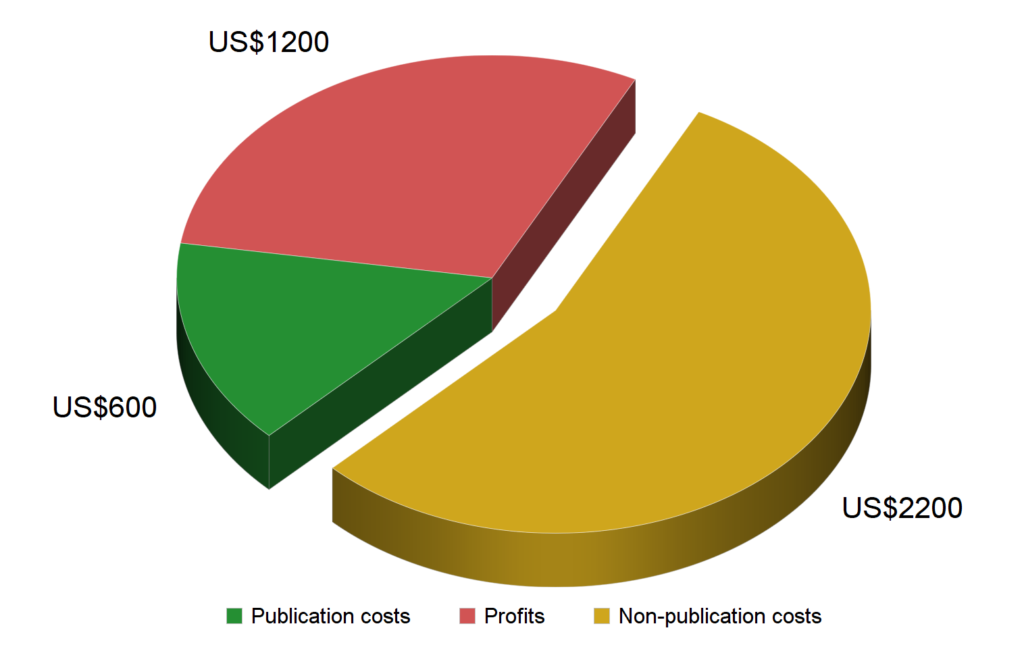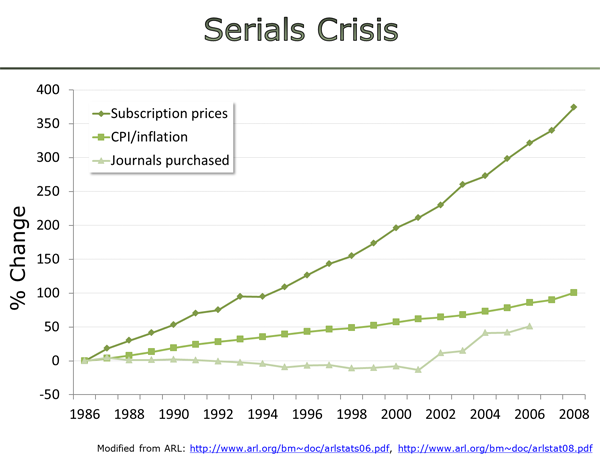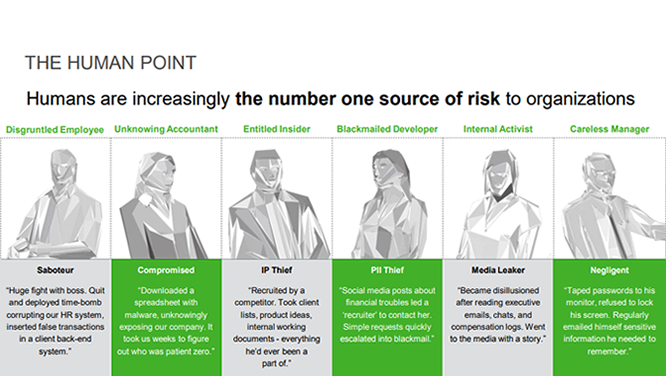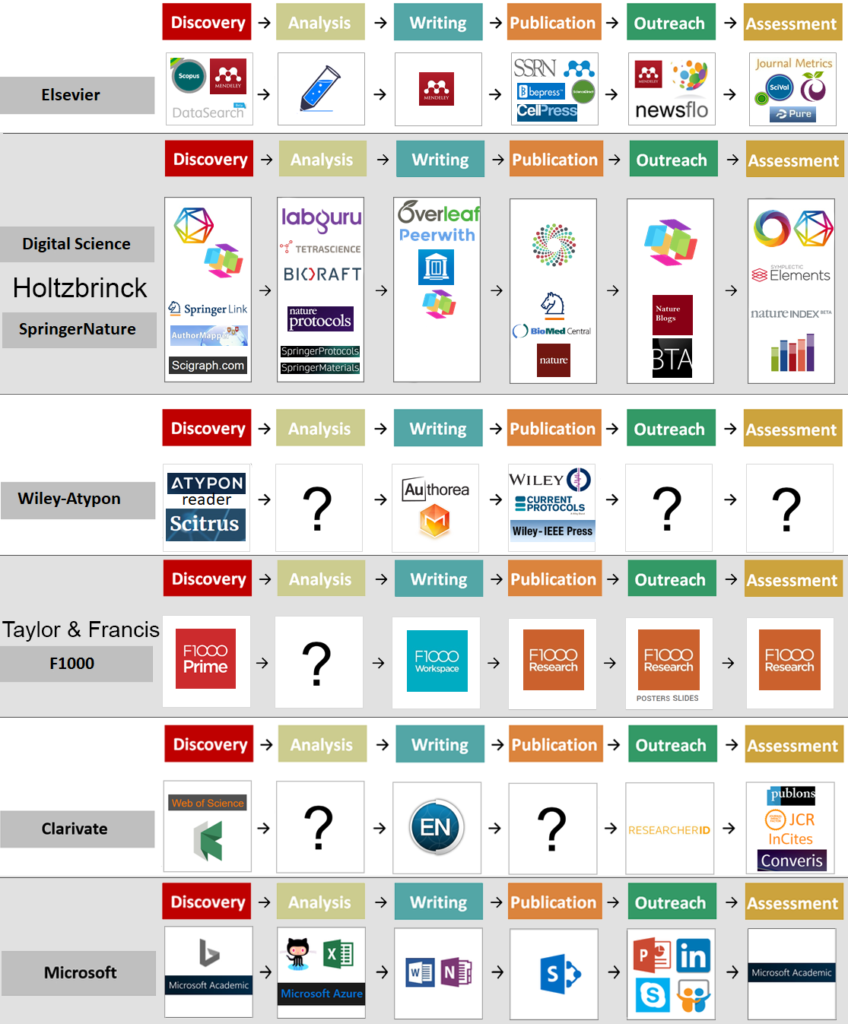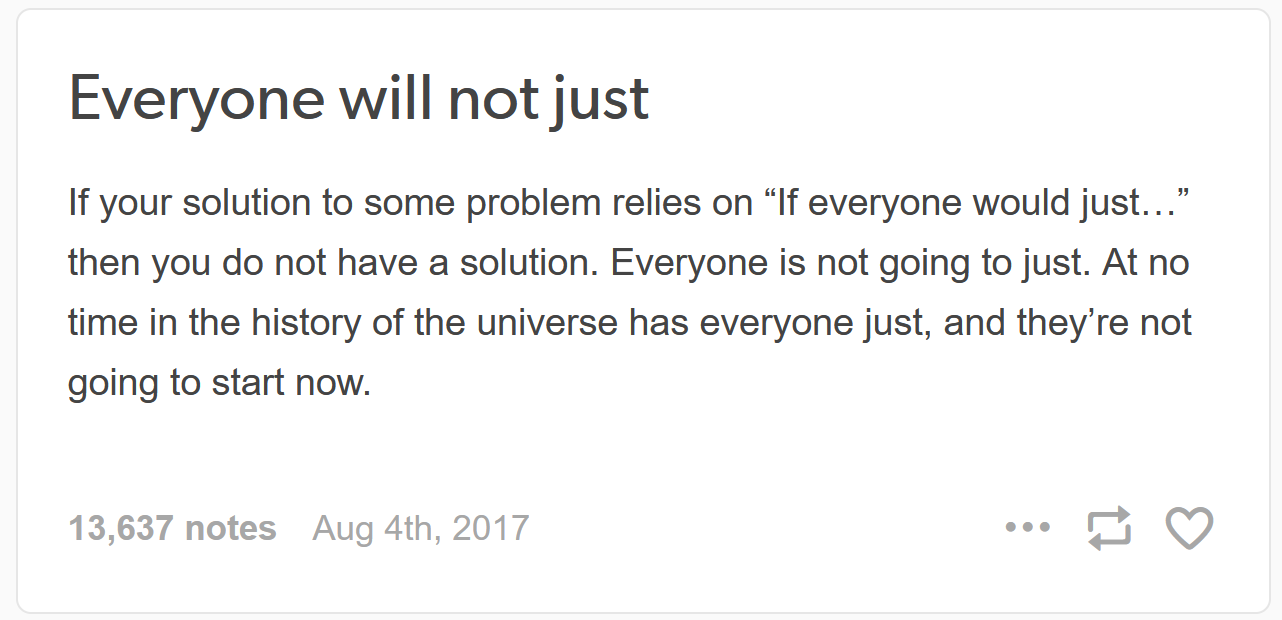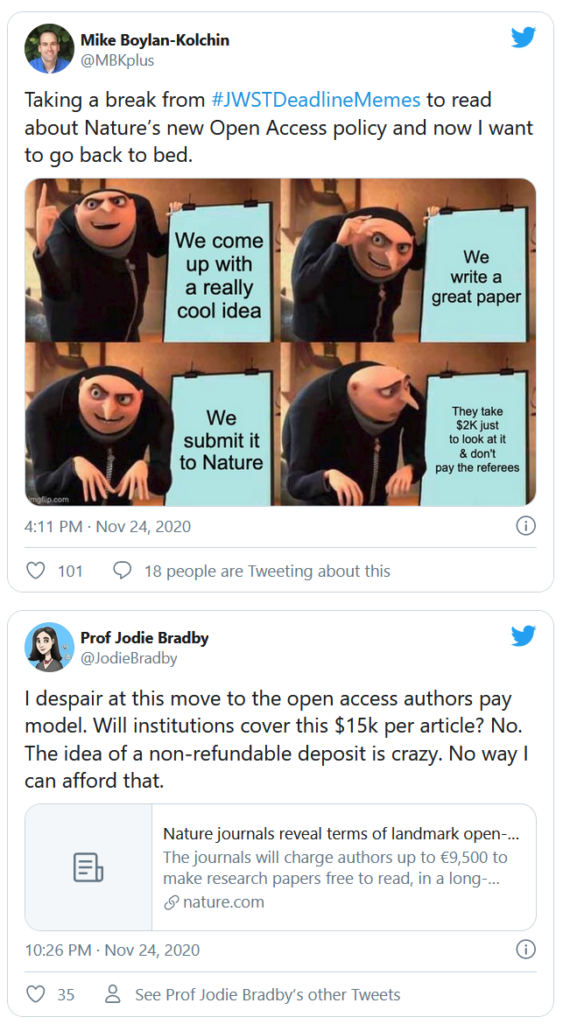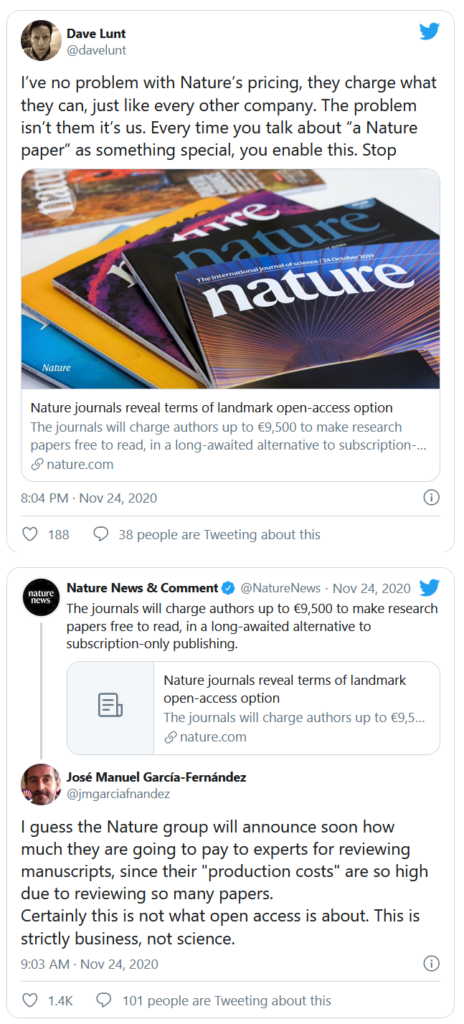Last week’s podium on the commodification of open science entitled “If you are not paying for the product, you are the product?” was surprisingly unanimous on the need to radically modernize academic publishing and abolish the current publishing system relying mainly on corporate publishers with monopoly status. It appeared as if the present funders, librarians, scientists and other experts essentially only argued about how and when this replacement for corporate publishers should be brought abut, not if.
It was also unexpected that this was probably the first time I was not representing the most radical position on the panel. The proposals to remove usage rights from publicly funded research papers, or to ban for-profit publishers altogether, prompted the moderator, Jan-Martin Wiarda, to ask if these were calls for an expropriation of the publishers. Julia Reda was quick to point out that the goal was not to expropriate anybody, but that the accurate technical term for what she was proposing was “collectivization”.
Such collectivization of academic publishing had been brought up several times before the panel, such as in a much-discussed piece by Jason Parry earlier this year, entitled “A world without sci-hub“:
Nationalization could not only address the problems of academic publishing and make scientific work and innovation based on it easier, it could also boost American soft power in an age of waning American geopolitical dominance.
David Wiley has proposed that the federal government take the intellectual property of academic publishers using the power of eminent domain.
Similar opposition to a market-based approach to scholarly publishing has been voiced by experts in the UK, such as Samuel Moore, an organizer of the the Radical Open Access Collective, that states that “as part of our refusal to concede open access to the forces of conservativism and the market, the collective attempts to strengthen alliances between [various related groups]”. He writes in his eminently readable article entitled “Open Access, Plan S and ‘Radically Liberatory’ Forms of Academic Freedom“:
Of course, much of Plan S is market-centric and simply perpetuates the inequities of contemporary neoliberal capitalism.
or
Any transition to open access must be framed as part of a project to emancipate researchers from the values of the neoliberal university and its requirement to publish primarily within the marketized publishing industry.
or
Clearly, Plan S is not designed to address these issues: it is wholly embedded in the liberal political economy of European nation states. The policy cannot and will not improve or fix precarity, biblio-monoculturalism or the marginalization of minority scholarships. To the extent that the APC road is prioritized, Plan S will likely exacerbate these issues by perpetuating a market-based approach. The zero-embargo repository aspect to Plan S, on the other hand, may conform to a more emancipatory approach to publishing and knowledge production, but only if coupled with support for an alternative and diverse ecosystem of non-commercial publishing projects
From the panel discussion and the quoted experts, it appears the parasitic exploitation of scholarship by the ex-publisher monopolists has created a radical backlash aiming to prevent any kind of market to ever be allowed around scholarly works. The proponents of such a collectivization effort point to examples from other economies and markets where collectivization has become necessary. The current handful of major publishers is seen as both an economic threat and as a social and scholarly menace in that “marketized publishing” is said to be inherently unfair and inequitable.
These anti-market experts provide excellent arguments against the status quo and take hard-to-refute positions with regard to equitable scholarship, protections of academic freedom, or scholarly governance. On these issues, there can be little dispute. However, in our proposal to replace academic journals, we outline how a market-based approach can lead to the same goals, by creating an actually functioning market. It appears as if collectivization proponents confuse the current conglomerate of de facto monopolies with a market and from there argue that all markets must be dispensed with. Given the constant use of the word ‘market’ to describe the scholarly publishing industry (not the least by publishers who have a vested interest in appearing to regulators as market-based), this misunderstanding is not surprising. In fact, even the European Commission has a long history of defining this industry as a market, if only from the perspective of the publishers. It appears that this publisher propaganda and lobbying has not only successfully infected the EC, but also scholarly experts seem to be buying into the market-myth of the corporations.
Because well-regulated markets can operate effectively and fairly, scholarly publishing market regulation has been called for by EU experts, even if the market were defined from a publisher perspective. Our proposal goes far beyond such band-aid solutions to a system that is too fundamentally broken to be repaired, as the panel last week unanimously agreed. We propose a market that is characterized by substitutable providers, under the governance of the scholarly community and where the market regulation includes, e.g., open source mandates that prevent future monopolization of any aspect of the market. The world has experienced that planned economies lack innovation and cost control which is exceedingly important for a publicly funded scholarly community. Arguably, therefore, an evidence-based approach to replacing the corporate journals with modern information technology must always be a market-based approach to replace the current system which is not a market.
UPDATE:
A small, informal poll on Twitter seems to reveal that people’s appetite for radical change is larger than one may have expected:

